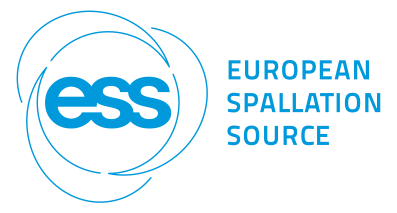Description
Inelastic neutron scattering is uniquely powerful to probe excitations in condensed matter, enabling extensive mapping of S(Q,E) in single-crystals. Effectively utilizing the time-of-flight neutron spectrometers and efficiently rationalizing large datasets resulting from these experiments can drastically benefit from recent developments in data science and computer simulations of both instruments and the physics of the material of interest, embedded in model scattering kernels.
This presentation will discuss examples from our group, combining first-principles atomistic simulations, Monte Carlo instrument simulations, and machine learning algorithms to facilitate the efficient utilization of tof INS [1-5]. We will highlight examples on retrieving extensive excitation isosurfaces in 4D Q-E space, quantifying phonon linewidths including corrections for tof resolution, and modeling the effect of disorder in complex crystals.
Our conclusions emphasize the need for accurate resolution simulations, and machine learning workflows enhancing the efficient use of the full 4D data volumes in (Q,E) space, merging sample models with instrument digital twins.
Figure 1 (left) Monte Carlo simulation of tof INS spectrometer point-spread-function, and convolution of S(Q,E) model from DFT compared with measurement. (right) Automated exploration, filtering, and symmetry folding of 4D data from INS.
[1] J. Ding et al., Nature Physics 21, 118–125 (2025).
[2] X. He et al, Proceedings of the National Academy of Sciences 122, e2419159122 (2025)
[3] X. He et al., PRX Energy 3, 013014 (2024).
[4] Q. Ren et al., Nature Materials 22, 999–1006 (2023)
[5] T. Lanigan-Atkins, Nature Materials 20, 977–983 (2021)
